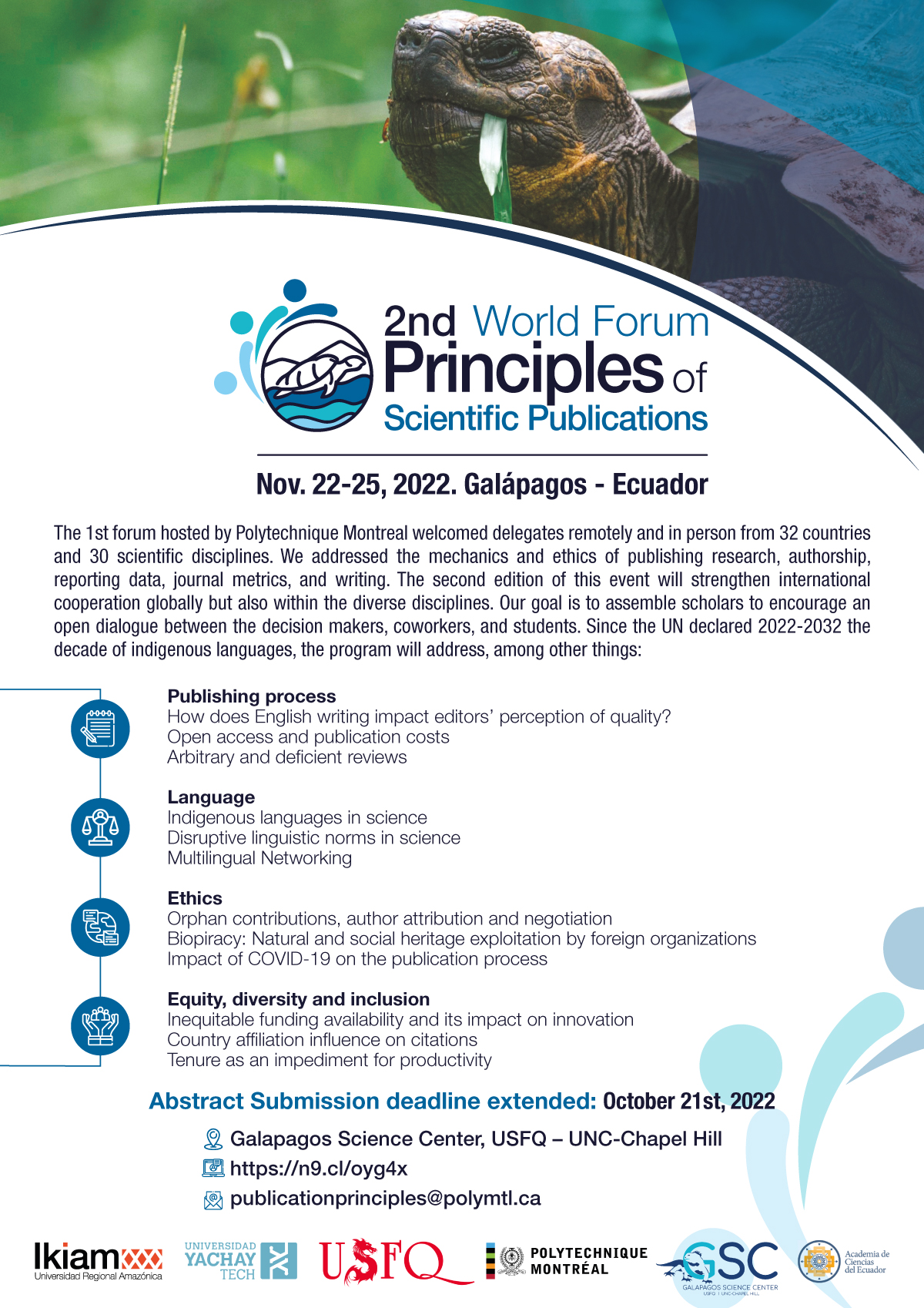Los sistemas informáticos, son poderosas herramientas tecnológicas, utilizadas para el procesamiento y gestión de los registros o datos procedentes de las formas de vida de la tierra que junto a sus correspondientes metadatos, permiten acceder a la información como un argumento válido, para la toma de decisiones de las entidades encargadas de la conservación y uso sostenible de la biodiversidad basados en el conocimiento adecuado desde la fuente de recolecta hasta su publicación.
Es por ello, que el Sistema de Información de Biodiversidad del Ecuador (SIB-Ec) y la Infraestructura de Datos de Información de Biodiversidad (GBIF, por sus siglas en inglés), son mecanismos de regulación y seguimiento, implementados para la gestión efectiva de las competencias del Ministerio del Ambiente, Agua y Transición Ecológica (MAATE) a través de la Subsecretaría de Patrimonio Natural y la Dirección de Biodiversidad, quienes en su calidad de autoridad nacional competente, ejercen cumplimiento de lo establecido en la normativa nacional así como, en los acuerdos y convenios multilaterales ambientales ratificados por el Ecuador.
Desde la década de los ochenta esta Cartera de Estado, ha ejercido la regulación y seguimiento al uso sostenible de la biodiversidad mediante la emisión de autorizaciones de investigación (permisos de exportación CITES y NO CITES, autorizaciones de investigación de vida silvestre sin fines de comerciales (ARSFC), contratos marco de acceso a los recursos genéticos (CMARG), patentes de funcionamiento de medios de conservación y manejo ex situ y centros registro y documentación de vida silvestre como instrumentos legales que ayudan a la gestión de los recursos biológicos y genéticos de la biodiversidad.
La publicación de datos de biodiversidad bajo esta modalidad, representa para los investigadores nacionales y extranjeros de las instituciones nacionales de apoyo (universidades y centros de investigación reconocidos por la autoridad competente), tres aspectos importantes como lo son: 1) reconocimiento académico y laboral a todos los colaboradores que intervienen en la gestión de los recurso biológicos y genéticos así mismo su información conexa; 2) crédito por la indexación y citación del trabajo publicado y; 3) aumento de la credibilidad, visibilidad y usabilidad de los datos publicados.
Esta divulgación de información, se realiza bajo la gestión operativa del nodo nacional administrado por el MAATE, mediante la herramienta de software abierto gratuito, usado para la publicación integrada de datos (IPT por sus siglas en inglés), acorde al estándar Darwin Core (DwC), que es un marco de trabajo estable, sencillo y flexible, que compila datos de biodiversidad de diferentes fuentes y variables, siendo la forma más eficiente de preparar y publicar juegos de datos provenientes de los permisos emitidos.
Estos mecanismos de reportería permiten cumplir con los instrumentos legales ecuatorianos y brindan a los científicos, la posibilidad de cumplir con sus obligaciones legales y a su vez, generar artículos científicos de juegos de datos (datapapers), que describen un conjunto de datos de biodiversidad y puede ser publicado en revistas científicas indexadas relacionadas al tema de la investigación, procedentes de instituciones científicas a nivel mundial.
Es así, que mediante la Infraestructura Mundial de Información en Biodiversidad- GBIF(por sus siglas en inglés), que es una plataforma internacional, se promueve la gobernanza de interoperabilidad y apoya a los países miembros en la publicación de información de biodiversidad bajo estándares comunes y de código abierto, que permite compartir bajo licencias internacionales de protección de acceso a la información, todos los datos recolectados de las especies de flora, fauna y microorganismos derivadas de las investigaciones científicas y es así que nuestros país a través de las instituciones competentes en temas de biodiversidad, desde el año 2020 ha comenzado a compartir la información de la biodiversidad del Ecuador al mundo.

